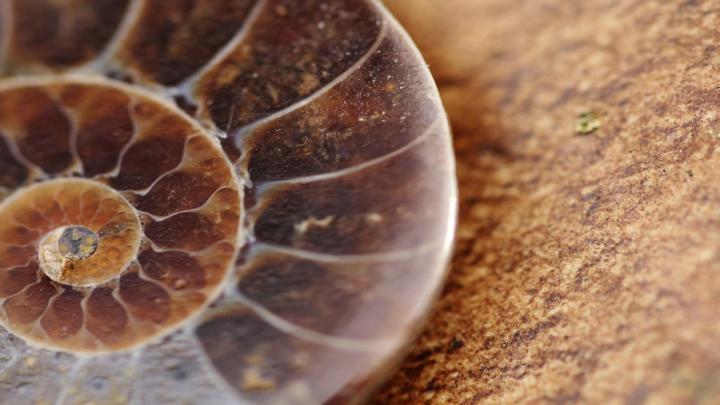Every year, the municipality of Cortiglione proposes several excursions entitled 'A stroll among hills, vegetable gardens, fossils and... saffron'. An obligatory stop, after walking through the forest on a nature trail of about five kilometres, is the paleontological site, which - for the occasion - can be visited with the guidance of experts. It is an
opportunity to admire a rich heritage of fossils, evidence of when millions of years ago the hills were covered by the Po Sea, where numerous bivalve molluscs bound to sandy bottoms lived in an environment at a depth of about 10-15 metres with little wave motion, in a subtropical type climate, therefore much warmer than today. Next to the fossiliferous outcrop, a stop on the visit is the cultivation of saffron, a precious spice, which grows where the geosite now stands. Until 2004, a 30-metre high hill existed: from there, sands were extracted for the construction of the Asti-Cuneo motorway, and it was during the work that the fossils emerged.
The area equipped by the Parco Paleontologico Astigiano (Asti Paleontological Park) allows visitors to get a closer look at the walls with the large bivalve shells from the Po Sea. Fossils and saffron thus tell a long, strongly evocative story. In these places, three million years ago there was a sea, as evidenced by the presence of the shells, and saffron was already being cultivated in the Middle Ages.
The uses of saffron ranged from medicine to dyeing, to miniature painting, etc., and it was used as currency. In short, it was a widespread commodity, even to the point of being included in the coat of arms of towns such as Basel in Switzerland or in the names of some local streets: 'Strada dello zafferano' in Montaldo Scarampi.
Unfortunately, because of the violent famines and plagues that raged in the 16th and 17th centuries, the saffron groves were uprooted in order to reoccupy the land with crops that would bring nourishment; thus, over the centuries, this wonderful tradition of our land faded until it disappeared completely, even from the memories of those who still live there.
Today, saffron cultivation is carried out by the farm 'Lo zafferano dalle sabbie del mare', a member of the regional project 'Parchi da Gustare'.
Text and photos taken from the special 'Parks to taste @piemonteparchi
For more information: http://www.piemonteparchi.it/cms/index.php/component/k2/item/5371-parchi...

